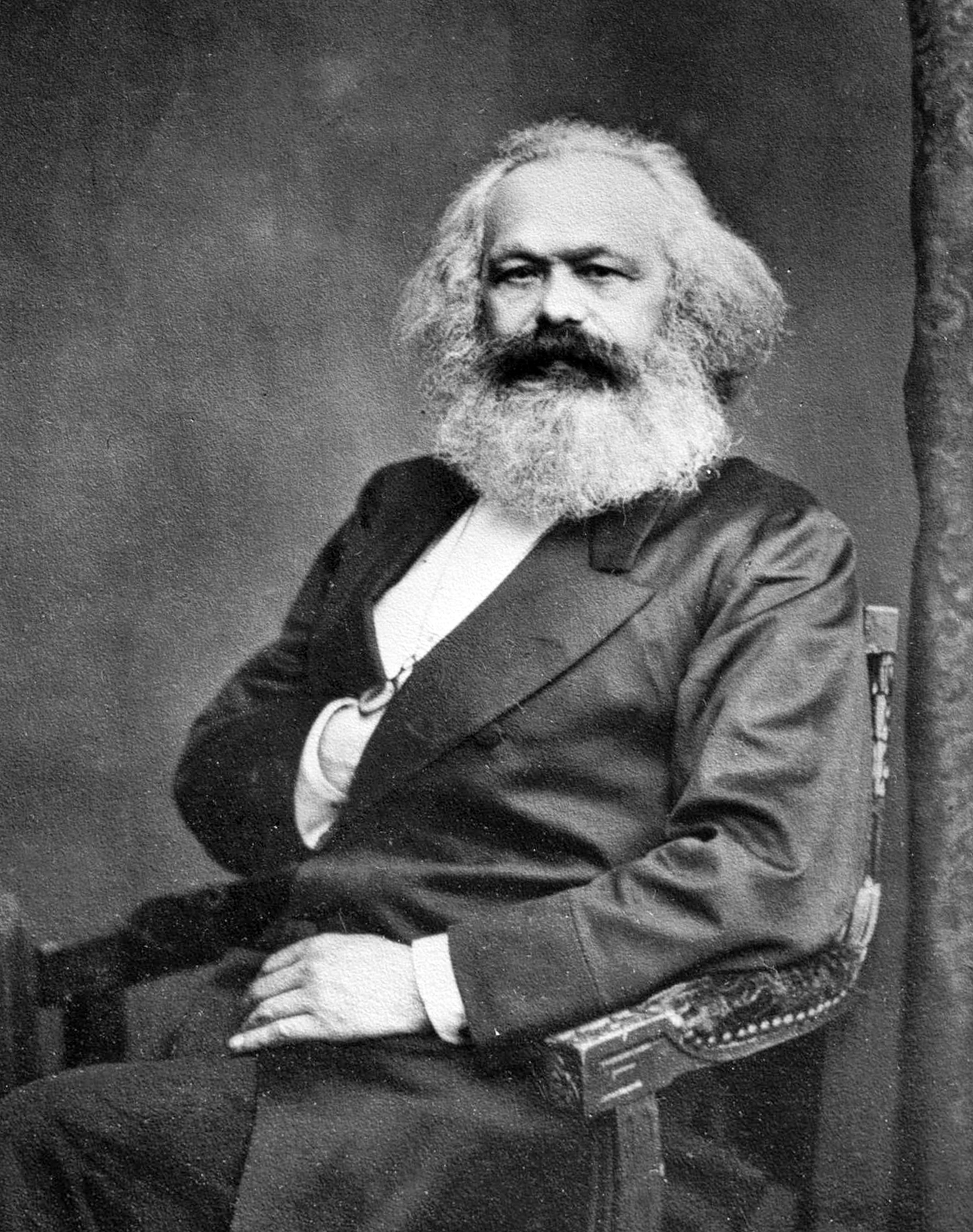Andrew Fultz
AP World History: Modern 🌍
577 resourcesSee Units
Labor Unions
The Industrial Revolution produced major problems for workers. In addition to income inequality between factory workers and factory owners, workers were placed in dangerous working conditions and they were asked to work long hours. In response to this harsh context, workers formed labor unions to collectively (together) demand better pay, safer working conditions, and less working hours. They achieved these goals to varying degrees, but they did achieve in helping ban child labor and creating public education systems.
Other reforms included establishing parks in urban areas for workers to enjoy after working hours, expanded suffrage for not as wealthy males (not women), and insurance. Germany, in the late 1800s, established state pension plans and public healthcare for the working class. Great Britain and the U.S. both expanded suffrage to non-land owning males in the 1800s.
Alternative Ideologies
In addition to laborers expressing discontent over industrialization and the inequality that results from it, alternative ideologies emerged to replace capitalism and the free market. Utilitarianism, created by John Stuart Mill, advocated for the “greatest good for the greatest number of people.” This essentially means decisions (economic, political, social) should benefit the majority of the population instead of just factory owners.
Karl Marx, along with Frederick Engels, wrote the Communist Manifesto, which details how capitalism would always lead to class warfare. In fact, according to Marx, all of history is a struggle between the upper class (Bourgeoise) and the working class (Proletariat). The only way to break the cycle of struggle is to overthrow the upper class and have no more class distinctions. Marx saw that capitalism provided space for the upper class, which owned the means of production, to exploit the working class, which had to be a part of the means of production. Later on, communism becomes associated with government ownership of industry.

Karl Marx. Image courtesy of Wikimedia
Government Responses
The countries that first industrialized were Great Britain (and then the rest of Western Europe), Russia, Japan, and the United States. Other states, such as the Ottoman Empire and the Qing Dynasty, did not industrialize immediately. However, over time, they attempted to industrialize in order to calm internal and external pressures, especially from the already industrialized nations. These government responses were met with varying degrees of success.
The Ottomans, led by Sultan Mahmud II, reformed the military and tax collections, built roads, and created a postal service. After Mahmud, the Ottomans attempted more reforms, which came to be known as the Tanzimat Reforms. These included decreased government corruption, a secularized (non-religious) education system, codified laws that favored transnational businesses, and updated the legal system to emphasize equality before the law. Unfortunately, women were not included in most reforms, so the practice of patriarchy continues.
The Ottomans, in their attempts at reform and industrialization, were too late to keep pace with more developed countries regarding industrialization. The Sultan Abdulhamid ended the reforms and exiled Young Turks, which were the primary advocates for reforms. Additionally, this sultan was responsible for massacring hundreds of thousands of Armenians and Assyrian Christians.
The Qing Dynasty, which controlled China since the early part of the 17th century, experienced a great deal of internal and external pressure. European nations were carving up China for trade rights, and Great Britain battled China for the sale of opium. This all led China to look for reforms. The Self-Strengthening movement sought to modernize China for the industrial age. They abolished the civil service exam, sought to eliminate corruption, and have reformed medical practices.
However, some in China did not like the new emphasis on reform, as well as not liking the Qing Dynasty and the increasing foreign influence within China. The Boxer Rebellion (1900) was an uprising against all things foreign in China, especially foreign religion and customs. Their desire was also to protect traditional Chinese culture. The Boxers saw the Qing Dynasty as weak, thus they wanted to overthrow the Qing as well as banish foreign influence from China.
In response and influenced by a desire to keep the lucrative Chinese market, the U.S., Great Britain, Japan, and others sent troops into China to put down the rebellion. This led to further weakening the Qing Dynasty and greater foreign influence. The Qing Dynasty collapsed in 1911.
🎥Watch: WHAP - Industrialization
Browse Study Guides By Unit
🐎Unit 1 – The Global Tapestry, 1200-1450
🐫Unit 2 – Networks of Exchange, 1200-1450
🕌Unit 3 – Land-Based Empires, 1450-1750
🍕Unit 4 – Transoceanic Interactions, 1450-1750
✊🏽Unit 5 – Revolutions, 1750-1900
🚂Unit 6 – Consequences of Industrialization, 1750-1900
💣Unit 7 – Global Conflict, 1900-Present
🥶Unit 8 – Cold War & Decolonization, 1900-Present
✈️Unit 9 – Globalization, 1900-Present
✏️Frequently Asked Questions
🚀Thematic Guides
🗺Regional Guides
🤓Historical Thinking Skills
🧐 Multiple Choice Questions (MCQ)
📋Short Answer Questions (SAQ)
📝Long Essay Questions (LEQ)
📑Document Based Questions (DBQ)

Fiveable
Resources
© 2023 Fiveable Inc. All rights reserved.